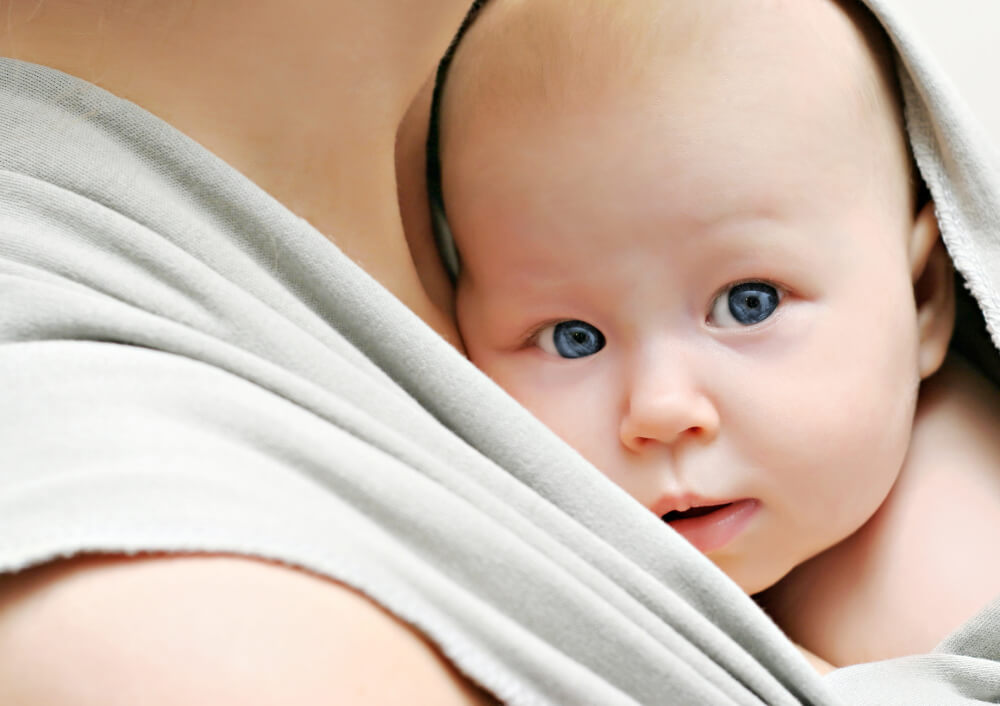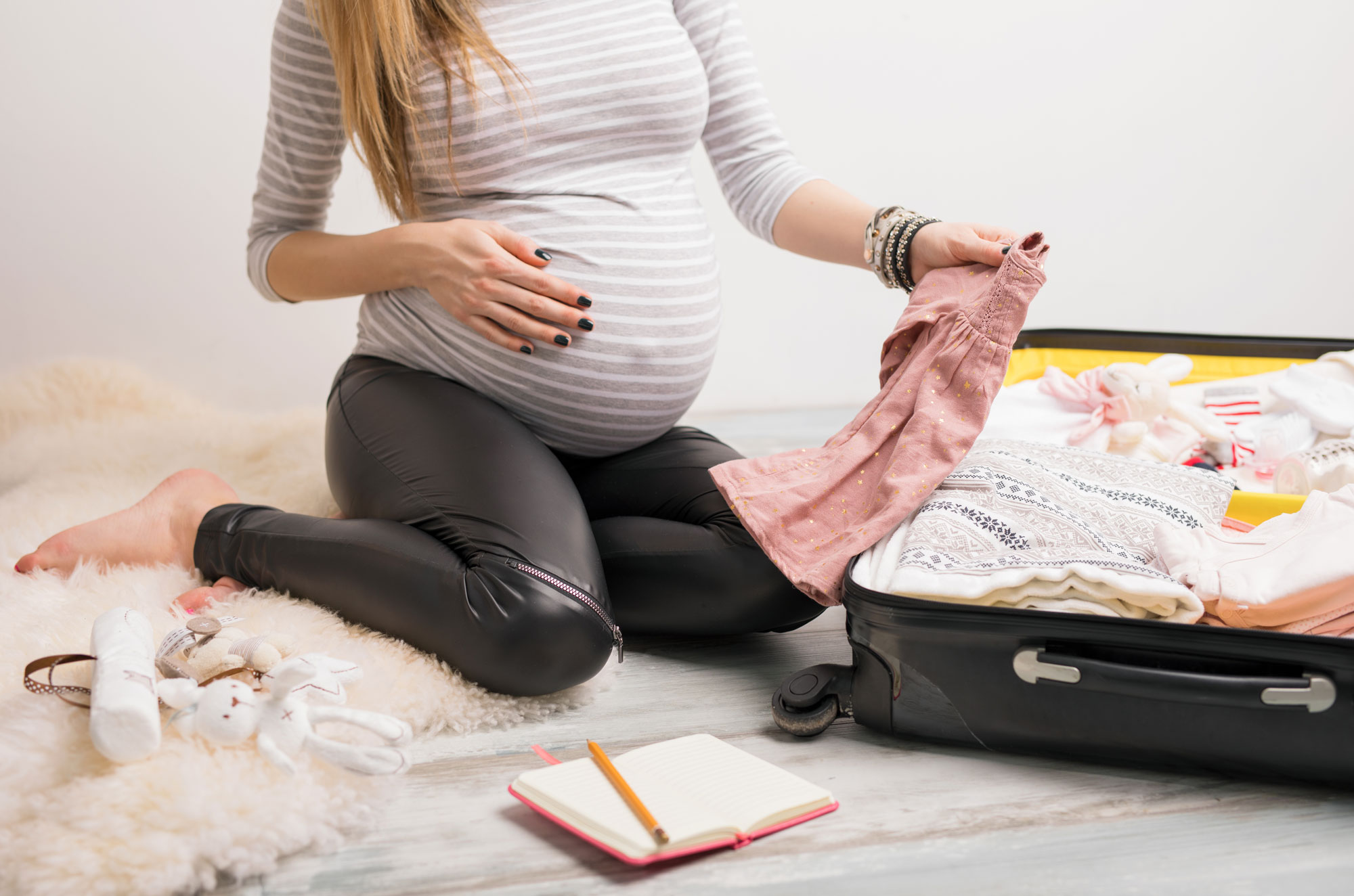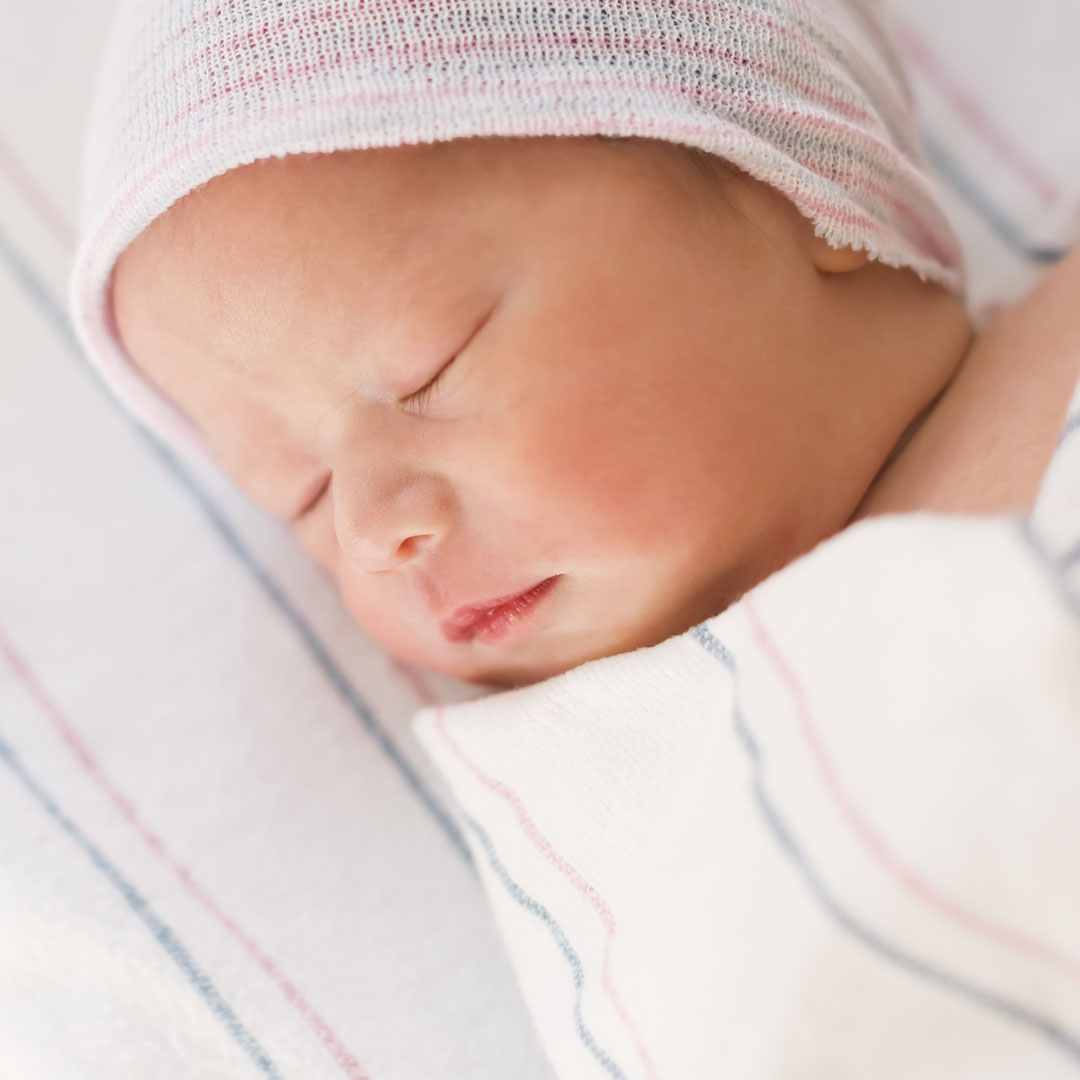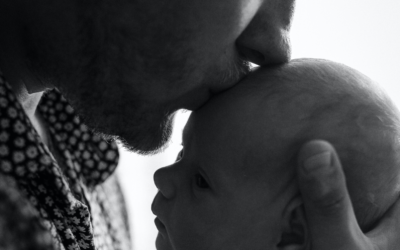
Thrush can be present in your nipple or your breast and is due to an overgrowth of one type of fungus -often candida albicans and usually causes significant pain.
It is hard to grow on a swab so diagnosis is often just after considering a mum’s symptoms, it is quite common the next possible cause of pain, if a mum still experiences nipple pain after working on and adjusting her latch. Unfortunately it is one of the major reasons woman often give up feeding.
We often see this common problem if a woman is prone to vaginal thrush or if she has had a dose of antibiotics. When babies are born by Cesarean section the mother is often given intravenous antibiotics before the baby is born. Thrush can often be the result of damaged nipples where there is a break in skin and it allows organisms to enter.
A mother may describe burning or stinging nipple pain during and after the feed, the nipples might become very tender and may appear shiny or red, dry or slightly flaky.
And in the breast the pains may feel more stabbing or a deep aching in the breasts even radiating down the arm and the letdown may become more painful than normal.
The baby may show signs of thrush also,in the mouth, this is often seen as white plaques inside the cheeks or on the gums plus they might exhibit signs of thrush on their bottom which looks like little red spots around the anus.
Once the diagnosis has been made either with Mum or baby we often treat both. This is because it is highly contagious between this feeding dyad and often hard to get rid of.
A baby may be treated with either a gel or drops in their mouth or an anti-fungal cream to their bottom. A mother needs to be treated topically with an antifungal cream to the nipples 3 to 4 times a day after the feed for about a week. If this topical treatment is unsuccessful she may need to take a one off systemic antifungal tablet, fluconazole,which can be extended to a longer course if needed.
Hand hygiene and sterilisation of any feeding equipment/dummies needs to also be discussed.
Libby x




